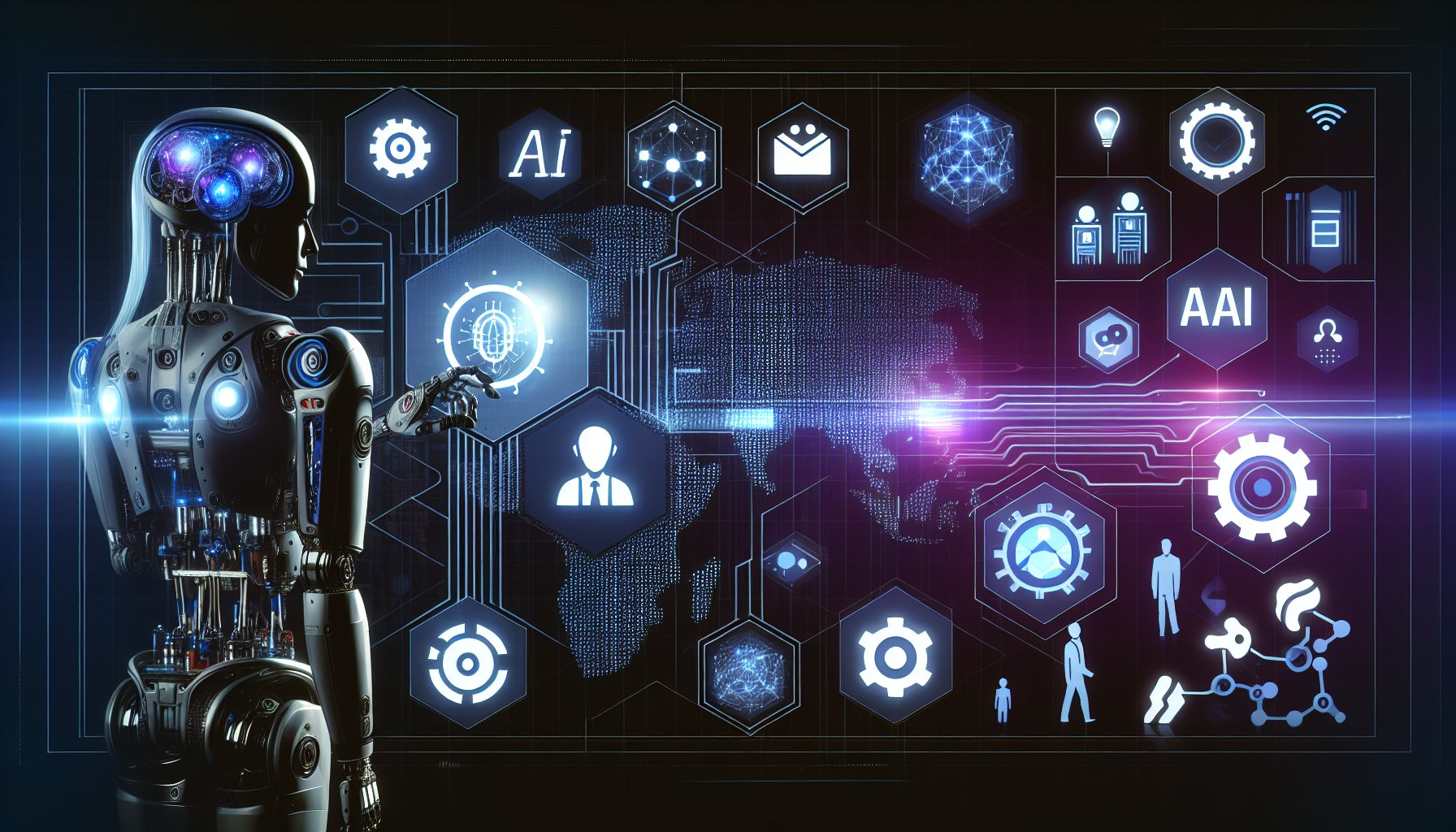Introduction
The digital landscape is in constant flux, with AI integration at the forefront of this evolution. The process of integrating AI into existing systems is complex but, when executed strategically, it can revolutionize business operations, customer experience, and overall efficiency. This post outlines the latest strategies for seamlessly integrating AI into your IT infrastructure.
Embracing Microservices
Microservices architecture is becoming a preferred approach for developing software systems, promoting flexibility, scalability, and agility. When integrating AI, consider breaking down your monolithic applications into small, manageable, and loosely coupled microservices. Each microservice can be developed, deployed, and scaled independently, making AI integration less daunting and more efficient.
Leveraging Cloud and Edge Computing
Cloud and edge computing play a pivotal role in AI integration, serving as platforms that provide the computational power necessary for AI algorithms. Cloud-based AI services offer scalability and cost-effectiveness, while edge computing brings computation and data storage closer to the location where it's needed, reducing latency and bandwidth use.
Code Snippet: AI Integration with Cloud Services
# Assuming you have an AI model in a cloud service like Azure
from azure.cognitiveservices.vision.customvision.prediction import CustomVisionPredictionClient
from msrest.authentication import ApiKeyCredentials
credentials = ApiKeyCredentials(in_headers={"Prediction-key": "your_key"})
predictor = CustomVisionPredictionClient("your_endpoint", credentials)
with open("test_image.jpg", "rb") as image_contents:
results = predictor.classify_image("your_project_id", "your_iteration_name", image_contents.read())
Utilizing Machine Learning Frameworks
Machine learning frameworks such as TensorFlow, PyTorch, and Keras simplify the development of AI models, offering pre-defined libraries and tools. These frameworks provide an abstraction over the complex, low-level details, allowing developers to focus on the model's logic rather than the underlying infrastructure.
Employing Neural Networks
Neural networks form the backbone of many AI systems, mimicking the human brain's structure to process and analyze data. They're especially effective in solving complex problems, including image and speech recognition, natural language processing, and more. Incorporating neural networks into your AI integration strategy can significantly enhance your system's capabilities.
Conclusion
The future of AI integration lies in leveraging microservices, cloud and edge computing, machine learning frameworks, and neural networks. By employing these strategies, businesses can enjoy enhanced flexibility, scalability, and processing power. Staying abreast of these trends and continuously adapting integration strategies will ensure your business remains competitive in the rapidly evolving digital landscape.
